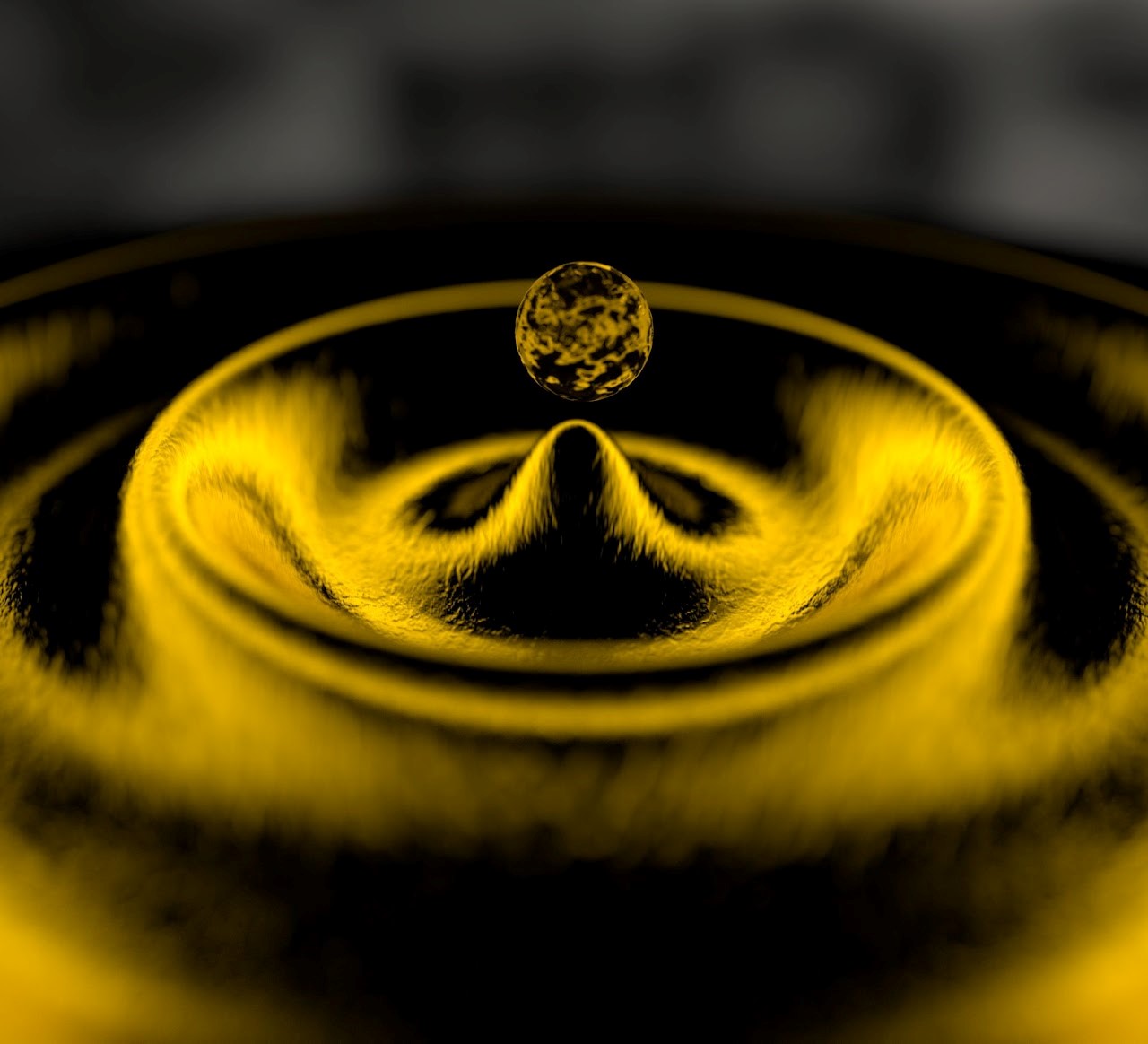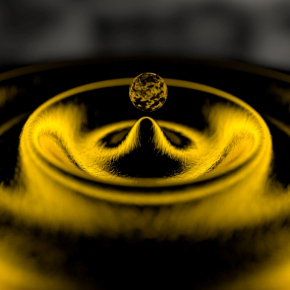It's now possible to make matter vibrate on a nanometric scale using a magnetic field!
Researchers have shown the possibility to control the transfer of magnetic energy from light to matter by means of localised plasmons, waves of light on the surface of a metal that allow fine control of light-matter interactions and open up new prospects for nanometric optics.
References
Benoît Reynier, Eric Charron, Obren Markovic, Bruno Gallas, Alban Ferrier, Sébastien Bidault and Mathieu Mivelle, Nearfield control over magnetic light-matter interactions, Light: Science & Applications (2025) 14:127 – Publié le 19 mars 2025
Doi : 10.1038/s41377-025-01807-z
For a long time, the interactions between light and matter were considered solely in terms of their electrical components. There exists however another essential lever, the magnetic field, because light is dual, made up of an electric field and a magnetic field. Whether we are talking about chirality, non-linear processes or certain photochemical reactions, the magnetic part of the field has a decisive influence on many complex optical phenomena.
In a recent work, a collaboration of researchers from three french laboratories highlighted the possibility of controlling light-matter interactions on a nanometric scale by means of the magnetic field. While conventional approaches focussed primarily on controlling the electric field, the results of this work highlight the fundamental importance of the magnetic field in optical processes such as magnetic dipolar transitions and luminescence. Using a plasmonic nano-antenna (allowing light to be confined to nanometric scales) specifically designed to manipulate the magnetic field, the researchers have shown that it is possible to transfer optical energy from this field to a nanoparticle doped with lanthanide ions (the rare earth family), by exploiting the spatial confinement provided by the near-field antenna.
This research was carried out in the following CNRS laboratories:
- Institut des NanoSciences de Paris (INSP, CNRS / Sorbonne Université)
- Institut de Recherche de Chimie Paris (IRCP, Chimie ParisTech - PSL / CNRS)
- Institut Langevin (CNRS / ESPCI Paris - PSL)
The experiment is based on the integration of a plasmonic antenna at the end of an optical fibre, itself coupled to a near-field microscope (NSOM). This experimental configuration enables the antenna to be positioned with nanometric precision in the vicinity of a europium-doped yttrium oxide nanoparticle. By selectively filtering the wavelengths of a laser, it is possible to excite magnetic or electric dipolar transitions independently, thus establishing the possibility of controlling optical excitation by either the magnetic or electric field.
The luminescence emitted by the nanoparticles is then used to map the electrical and magnetic local densities of optical states (LDOS). The researchers observed that, contrary to predictions based on a proven paradigm (the optical reciprocity theorem), the spatial distribution of the luminescence does not always coincide with the calculated LDOS. This difference is explained by the distinct optical paths taken by excitation and emission, making a strictly reciprocal interpretation of electromagnetic propagation in the configuration used in this study inapplicable.

This work therefore represents a major experimental advance in the field of nanophotonics, demonstrating for the first time the possibility of controlling the magnetic field of light and its interaction with matter at sub-wavelength scales. This opens up new prospects for exploiting the magnetic properties of the electromagnetic field, particularly in applications as varied as chiral interaction, photochemistry, non-linear devices and quantum computing. In addition, this study fundamentally questions the validity of the reciprocity theorem applied to optical magnetic fields (the invariance of the signal measured after permutation of a source and a detector), paving the way for future research into the limits of this principle in complex experimental configurations. These results are published in the journal Light: Science & Applications.
